The aisles of Japanese supermarkets tell a quiet but significant story these days. Shelves once dominated by traditional soy sauce varieties now showcase an expanding array of (genshio shōyu, or reduced-salt soy sauce) bottles, their labels boasting health-conscious claims in minimalist designs. This shift reflects more than just changing consumer preferences—it marks a fundamental transformation in Japan's relationship with its most iconic condiment.
For centuries, soy sauce has been the umami backbone of Japanese cuisine, its salty depth defining dishes from sushi to teriyaki. Yet recent sales data reveals a striking trend: major manufacturers report annual growth rates of 15-20% for reduced-salt varieties, while traditional soy sauce sales plateau. At Marukin, one of Shodoshima's historic producers, low-sodium options now account for nearly 40% of domestic output—unthinkable a decade ago when purists dismissed them as "compromised flavor."
The driving force behind this shift extends beyond dietary fads. Japan's rapidly aging population has made hypertension management a national priority, with government campaigns like "Smart Salt" collaborating with manufacturers to reformulate products. Nutritionist Dr. Keiko Yamamoto notes, "We're seeing third-generation reduced-salt sauces that finally achieve taste parity through fermentation technology. Consumers no longer feel they're choosing between health and tradition."
Supermarket refrigerators reveal another dimension of the trend. Next to the classic 1-liter plastic bottles now sit premium glass bottles of artisanal low-sodium soy sauce, priced 30-50% higher than standard versions. These products target younger demographics who view reduced salt content as part of a broader "clean eating" ethos rather than medical necessity. Department store food halls report particular demand for limited-edition collaborations between soy sauce brewers and celebrity chefs.
This culinary revolution faces technical challenges. Salt plays a crucial role in soy sauce fermentation, acting as both preservative and flavor developer. Brewers like Kikkoman have invested heavily in proprietary yeast strains that thrive in low-sodium environments, while smaller producers experiment with extended aging periods. The result is a new generation of sauces containing 30-50% less sodium than conventional versions, some even incorporating kelp or bonito extracts to enhance umami without added salt.
Restaurant kitchens have become unexpected battlegrounds in this shift. While sushi masters traditionally guarded their full-salt shōyu recipes, chains like Sushiro now actively promote dishes using reduced-sodium alternatives. A Tokyo branch manager confessed, "Initially we worried customers would notice, but when we conducted blind tastings, even our chefs couldn't consistently identify the low-salt version."
The trend carries socioeconomic implications. Regional soy sauce breweries—many operating since the Edo period—face pressure to adapt or risk obsolescence. In Yamaguchi Prefecture, the 200-year-old Tamanoi Shōyu Company nearly closed before pivoting to organic, low-sodium production. Their current bestseller? A delicate "saishikomi" (double-fermented) soy sauce with 40% less salt, marketed to female professionals in their 30s.
International markets watch these developments closely. As Japanese food culture globalizes, reduced-salt soy sauce exports to health-conscious Western markets grew 28% last year. Notably, these products often carry both traditional Japanese branding and prominent English nutrition claims—a dual identity reflecting their transitional nature.
Critics argue that reduced-salt soy sauce represents cultural dilution, with food historian Professor Toru Sato warning, "We risk creating generational amnesia about authentic flavors." Yet for busy urban families balancing tradition and wellness, the new options provide compromise without culinary sacrifice. As one Osaka homemaker explained while shopping, "My grandfather would call this heresy, but his generation didn't live to 90 like mine plans to."
The soy sauce revolution extends beyond the condiment itself. Supermarket endcaps now feature salt-reduced miso, ponzu, and even ramen broth packets—all riding the wave started by pioneering soy sauce manufacturers. This suggests the trend reflects deeper changes in Japanese food values, where health consciousness increasingly coexists with, rather than contradicts, gastronomic pleasure.
Looking ahead, industry analysts predict the salt content of mainstream Japanese soy sauce will decrease by an additional 15-20% within five years through gradual recipe adjustments—a "stealth health" approach already successful in other countries. What began as a niche product for cardiac patients has blossomed into a redefinition of national taste preferences, proving that even the most ancient culinary traditions remain subject to evolution.

By Jessica Lee/Apr 9, 2025

By Eric Ward/Apr 9, 2025
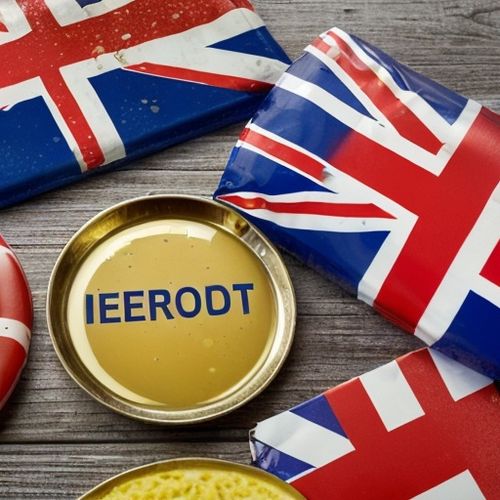
By Grace Cox/Apr 9, 2025

By Joshua Howard/Apr 9, 2025
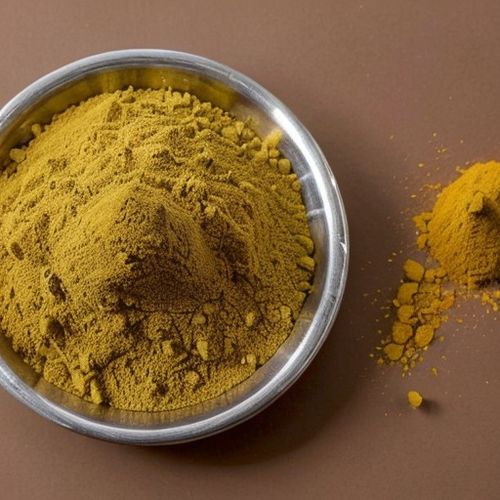
By Noah Bell/Apr 9, 2025

By Natalie Campbell/Apr 9, 2025
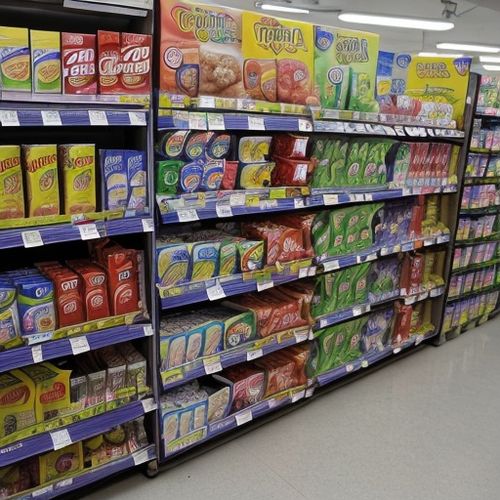
By Grace Cox/Apr 9, 2025

By Emma Thompson/Apr 9, 2025
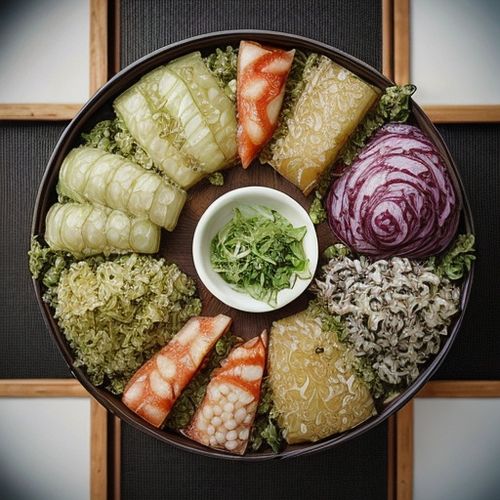
By James Moore/Apr 9, 2025

By Daniel Scott/Apr 9, 2025

By Victoria Gonzalez/Apr 9, 2025

By Noah Bell/Apr 9, 2025

By Ryan Martin/Apr 9, 2025

By Emma Thompson/Apr 9, 2025

By Emma Thompson/Apr 9, 2025

By Daniel Scott/Apr 9, 2025

By Christopher Harris/Apr 9, 2025
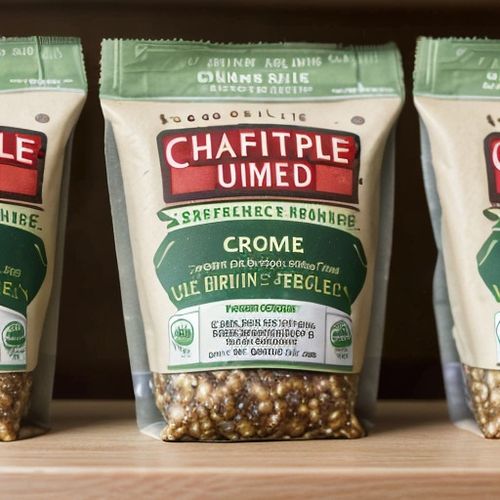
By Joshua Howard/Apr 9, 2025